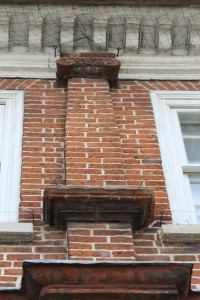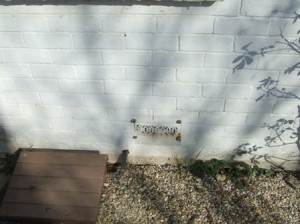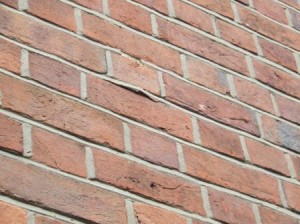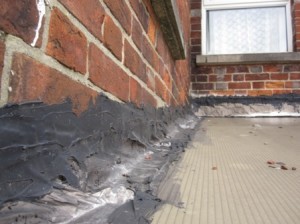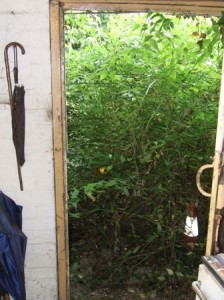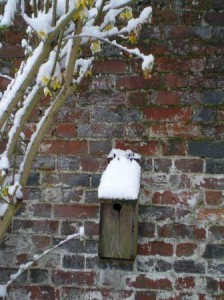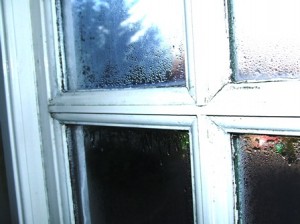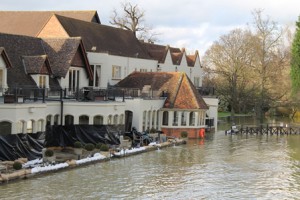 This is the advise being given to residents across Berkshire.
This is the advise being given to residents across Berkshire.
The Met Office has issued a yellow warning for rain in the district today (Wednesday), with 15-25mm of rain expected to fall within the yellow zone between 9am and 9pm.
There is also a yellow warning for wind in place between 10am today and 3am on Thursday. For more information visit: http://www.newburytoday.co.uk/2014/more-rain-to-fall-in-west-berkshire-tomorrow
If your home has been affected by the floods or water damage, call RMA Surveyors Ltd for advice.
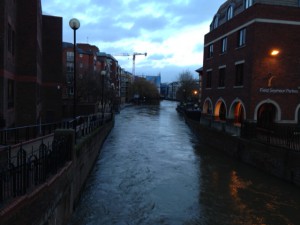
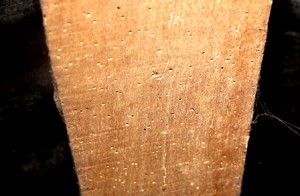

 The current flood agreement between the Government and the Association of British Insurers comes to an end at the end of June 2013. Negotiations to continue providing affordable premiums to those most vulnerable to flooding are seemingly at a grinding halt.
The current flood agreement between the Government and the Association of British Insurers comes to an end at the end of June 2013. Negotiations to continue providing affordable premiums to those most vulnerable to flooding are seemingly at a grinding halt.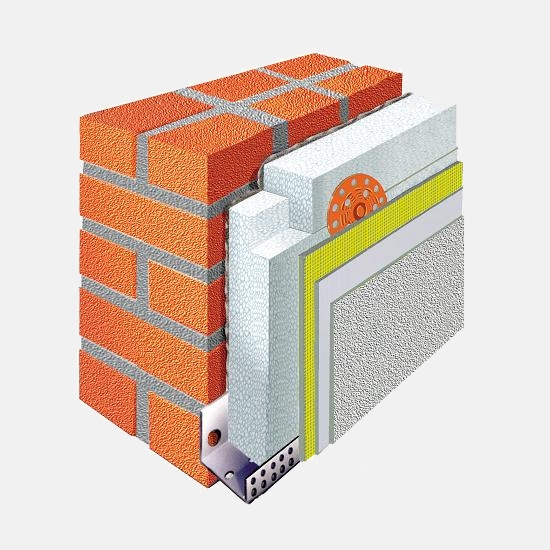 The Government’s
The Government’s 